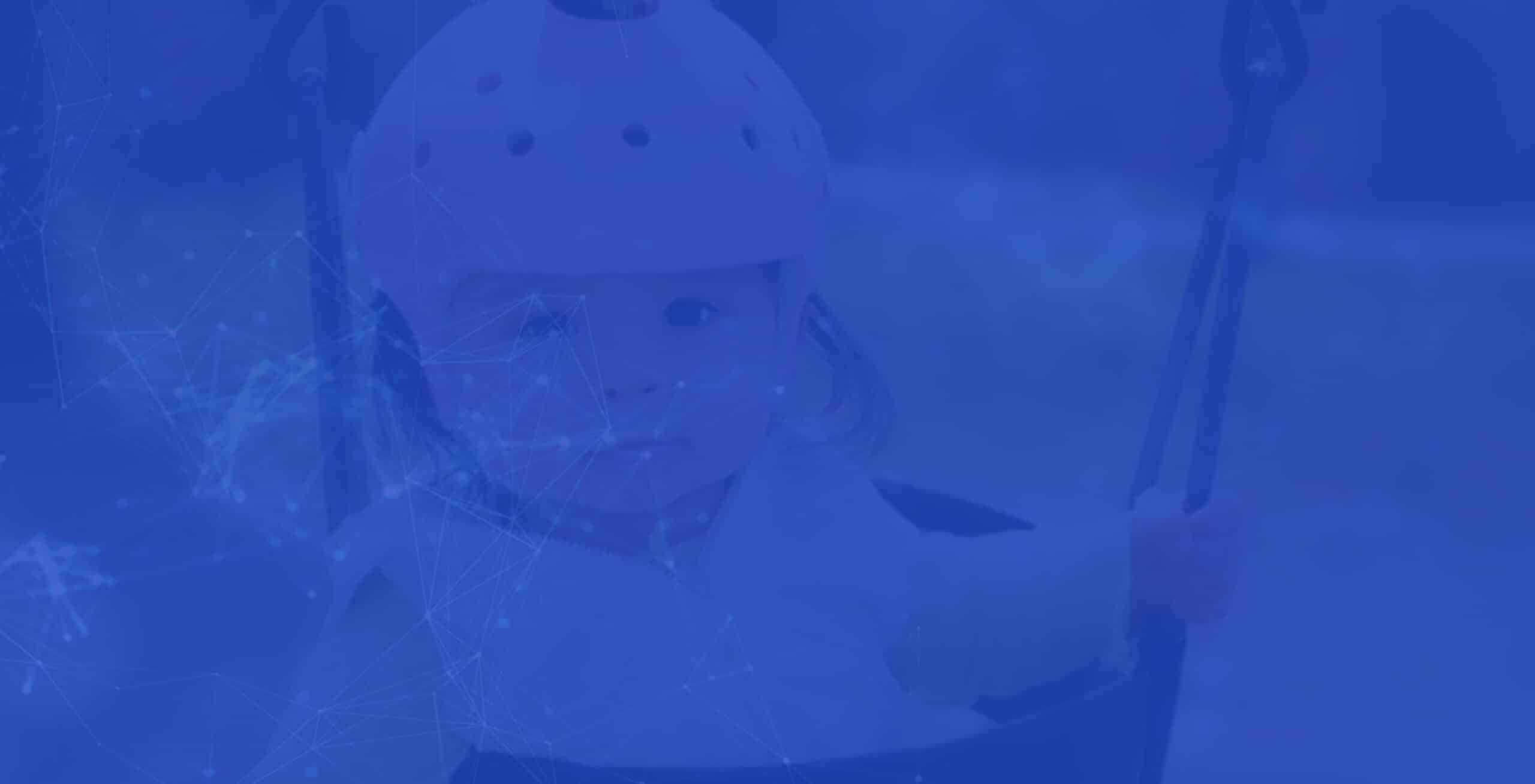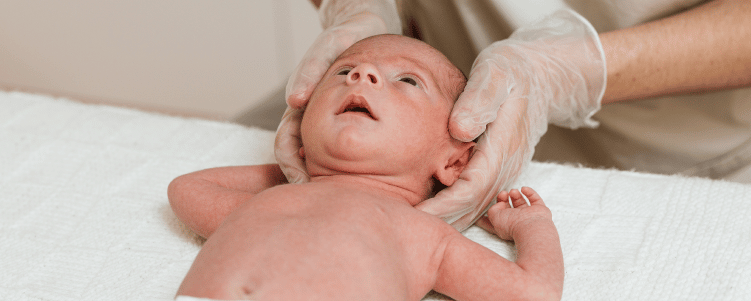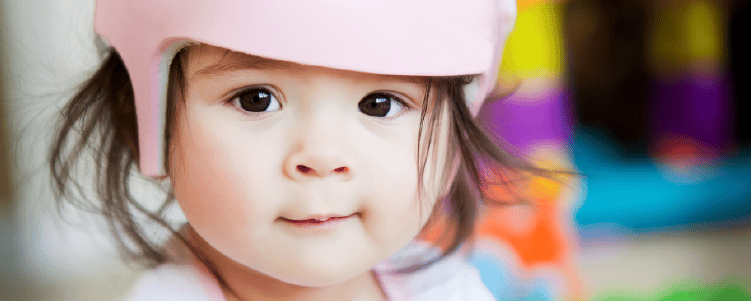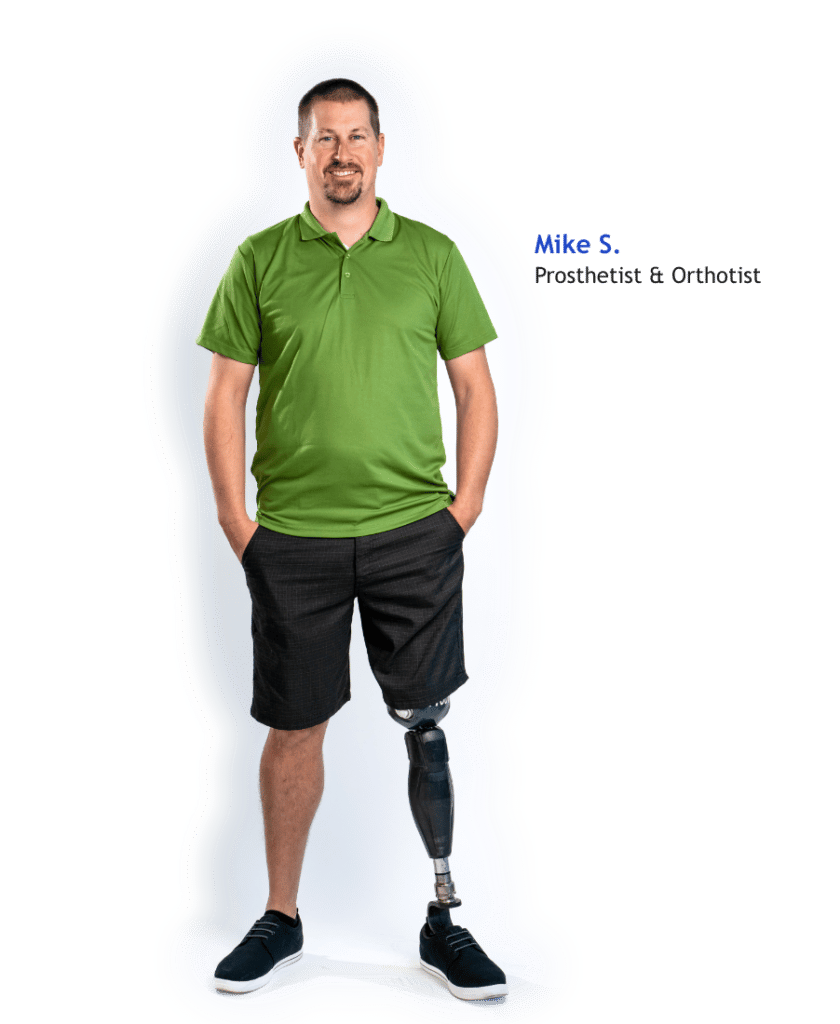
Plagiocephaly Cranial Bands in Phoenix
Every child has their own unique journey of development, and sometimes they need a little help along the way. We offer plenty of pediatric orthotic treatments, such as cranial bands, to ensure that your child has what they need to live a life uninhibited by their condition.
What is a cranial band?
Cranial bands – also referred to as cranial orthotics or cranial helmets – support the development of a normal head and jaw shape in children. The helmets are specially fitted to prevent any pain or discomfort to the child, and most children feel comfortable wearing the band immediately.

What are cranial helmets used for?
Doctors often prescribe this type of treatment to babies to correct abnormally developing head shapes. Due to their soft skull, some babies may develop irregular heads for many reasons, and some cases may require helmets to correct the head shape and avoid future problems down the road.
The most common cause for helmet use nowadays is positional plagiocephaly – a flat spot on top of the head resulting from a baby spending too much time on their back. It won’t inhibit or damage a baby’s development, but if it doesn’t resolve itself and goes untreated, the child’s head will become permanently deformed.
How does a cranial band work?
Cranial remolding helmets usually have a hard exterior covering with a foam coating. Gentle, consistent pressure is applied to control a head’s natural growth, preventing the overgrowth of more prominent spots and permitting the proper development of flatter areas of the skull.
When does a child need a cranial helmet?
If a flat surface on your baby’s head hasn’t improved in four months, a doctor will likely advise a helmet. For older children, treatment commonly starts at ages five and six when the child’s head still needs proper shaping.
Children with plagiocephaly, brachycephaly, or scaphocephaly and are less than a year old may be prescribed helmet therapy. But bear in mind, not all infants are candidates for the treatment and must be thoroughly discussed with your child’s doctor.
How long does it take for a cranial helmet to work?
The helmet must be worn for at least 23 hours daily, while helmet therapy lasts about 3-6 months. It may be removed during bathing but should be constantly worn throughout the day and evening, no matter the activity.

Are cranial helmets necessary?
A child’s skull shape can improve without a helmet, but helmet therapy is an option for parents who want to ensure the cosmetic improvement of their child’s head shape without the risk of permanent malformation.
How much does a cranial band cost?
Helmets used to treat a flattened skull are priced from $1000 to $3000.
How often should I see a doctor when my child undergoes helmet therapy?
The duration of follow-up visits varies by the severity of your child’s case or condition.
What is the first step to getting a helmet?
Pediatricians may suggest wearing a helmet if your baby has an abnormally shaped head. Generally, referrals are needed for orthotics professionals to develop a proper-fitting cranial helmet according to your child’s measurements.
Get the care your child needs at Pongratz!
Are you looking for a cranial band or other pediatric prosthetic services for your child? At Pongratz, we offer patient-centered treatments that are custom-tailored to you or your loved one’s specific needs. Don’t wait any longer – call us today and begin your journey back to a full and thriving life!
Explore our other services

Need a Second Opinion?
Get Help Now with a Same-Day Appointment
Feeling Frustrated with your Prosthesis or Prosthetists? Pongratz offers a same day appointment for all new prosthetic patients. Request yours today!
With our many facilities across the Valley, all the way to Tucson, we’re always within reach.
